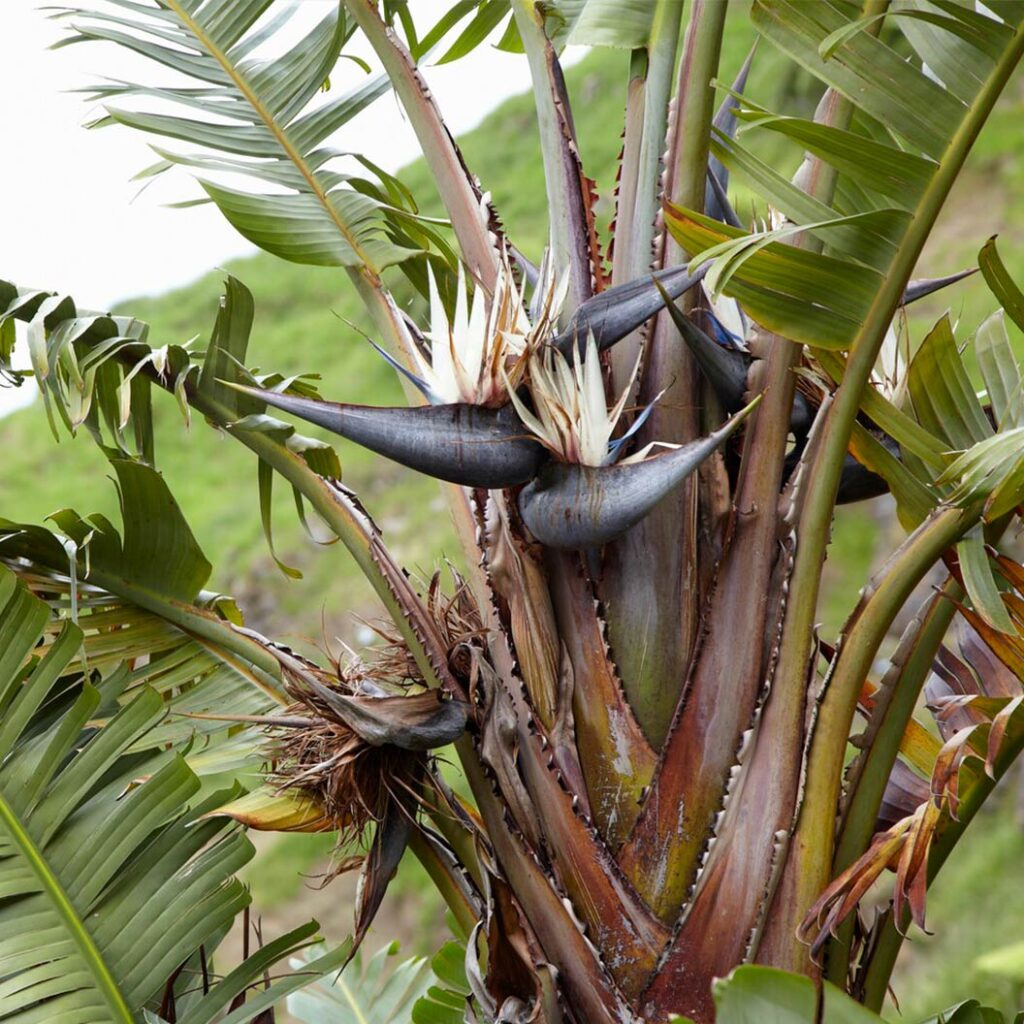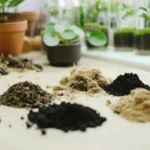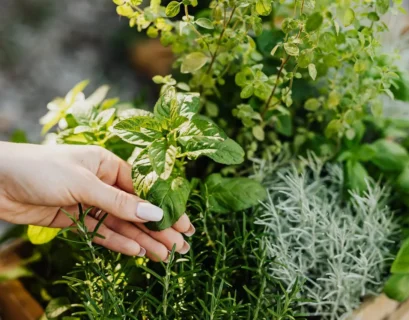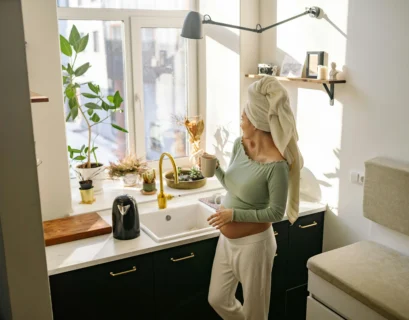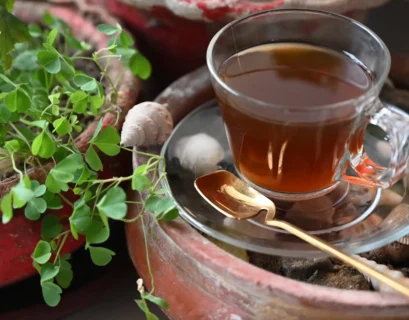Want to add a touch of the tropics to your home? The Bird of Paradise houseplant, with its striking, exotic blooms, is a surefire way to transport you to a paradise of vibrant colors and lush foliage. But these beauties aren’t known for their simple care requirements. This guide will unveil all the secrets to cultivating a thriving Bird of Paradise in your own abode!
This article will delve into all the essentials, from understanding the plant’s origins and preferences to mastering the art of watering, feeding, and pruning. We’ll also cover common problems and solutions, giving you the know-how to address any challenges that may arise.
Table of Contents:
Understanding the Bird of Paradise Houseplant: Unveiling the Exotic Beauty
The Bird of Paradise plant, scientifically known as Strelitzia reginae, is a flamboyant tropical native hailing from South Africa. It’s easily recognized by its vibrant, bird-like blooms that resemble a crane’s head in full flight. This striking feature is what gives the plant its namesake—a nod to the paradise birds of New Guinea, where the plant was introduced.
These plants are known for their striking foliage, too. Their large, paddle-shaped leaves, reminiscent of a banana plant, add a verdant touch to any space.
There are several species of Bird of Paradise plants, each with unique traits:
- Strelitzia reginae (Bird of Paradise): The most common variety with its signature orange and blue flowers.
- Strelitzia nicolai (White Bird of Paradise): A larger species with white blooms and gray-green leaves.
- Strelitzia juncea (Narrow-leaved Bird of Paradise): This variety stands out with its thin, grass-like leaves.
- Strelitzia caudata (Mountain Bird of Paradise): An elusive species with creamy white blooms and large, stiff leaves.
To flourish, Bird of Paradise plants crave specific conditions:
- Light: These plants are sun-lovers, thriving in bright, indirect light. Avoid direct sunlight as it can scorch their leaves.
- Temperature: Temperatures between 65-75°F (18-24°C) are ideal for growth.
- Humidity: Bird of Paradise plants appreciate a humid environment, especially during the growing season. Consider misting the leaves regularly or placing a pebble tray under the pot to increase humidity levels.
Let’s dive into the next step of the journey: planting and potting your Bird of Paradise!
Now that you understand the basics of your bird of paradise houseplant, let’s dive into how to give it the perfect start. Choosing the right pot and soil is essential for healthy growth.
Potting Up Your Bird of Paradise Houseplant
- Pot Size: Bird of paradise plants appreciate a bit of room to grow. Select a pot that’s just slightly larger than the root ball. Aim for a pot that’s about 2-3 inches wider in diameter.
- Drainage: Good drainage is key to preventing root rot. Choose a pot with drainage holes at the bottom. You can also place a layer of gravel or pebbles in the bottom of the pot to improve drainage.
- Pot Material: Terracotta pots are a popular choice for bird of paradise plants as they allow for better aeration and prevent waterlogging. However, plastic pots are also suitable, especially for beginners as they retain moisture better.
- Repotting: Repot your bird of paradise plant every 2-3 years or whenever it becomes rootbound. This means that the roots are circling around the inside of the pot and have no more space to grow. To repot, carefully remove the plant from its pot, loosen the roots gently, and place it in a slightly larger pot with fresh potting mix.
Soil Choices:
- Well-Draining Mix: The ideal potting mix for your bird of paradise should be well-draining, airy, and rich in nutrients. You can find pre-mixed potting mixes specifically designed for tropical plants.
- DIY Mix: You can also create your own potting mix by combining equal parts of:
- Potting soil
- Perlite
- Compost
- Vermicast (optional)
Spacing and Placement Considerations:
- Sun-Loving: Bird of paradise plants thrive in bright, indirect light. Choose a spot that receives several hours of sunlight each day but avoids harsh direct sun.
- Warm Temperatures: These plants prefer temperatures between 65-75°F (18-24°C). Avoid placing your bird of paradise in a location that gets cold drafts.
- Space to Grow: Bird of paradise plants can grow quite tall, reaching heights of 6 feet or more. Choose a spot with enough room for your bird of paradise to grow and spread its stunning foliage.
Propagation Techniques:
- Division: Bird of paradise plants can be propagated through division. This involves separating the plant’s roots and planting them in individual pots.
- Seeds: You can also grow new bird of paradise plants from seeds. However, this process can be time-consuming and requires patience.
Want to Learn More About Bird of Paradise Housepkant Care?
For more detailed information on caring for your bird of paradise, check out these helpful resources:
- Top 20 Gardening Hacks for Happy and Thriving Plants Learn how to keep your bird of paradise’s foliage looking its best.
- Feline-Friendly Foliage: The Best Cat-Safe Houseplants Discover if your bird of paradise is safe for your pet friend.
With the right care, your bird of paradise will reward you with stunning blooms and vibrant foliage for years to come.
How To Keep Your Bird of Paradise Houseplant Flourishing
Watering your bird of paradise plant correctly is crucial for its health and blooming potential. The plant prefers consistently moist soil but hates soggy conditions.
Watering Frequency:
The best way to determine the ideal watering frequency is to check the soil moisture. Insert your finger about 2 inches deep into the soil. If it feels dry, it’s time to water. During the growing season (spring and summer), you may need to water every few days. In the winter, when growth slows down, watering can be reduced to once every 1-2 weeks.
Watering Methods:
Water your bird of paradise thoroughly, allowing the water to drain out of the drainage holes. This ensures the roots are fully hydrated. Avoid overwatering, as this can lead to root rot. Make sure the soil is allowed to dry out slightly between waterings.
Essential Nutrients:
Like all plants, your bird of paradise needs essential nutrients to thrive. These nutrients are absorbed from the soil through the roots. When the soil is depleted of nutrients, the plant may show signs of deficiency.
Fertilizer Requirements:
Fertilizing your bird of paradise regularly is essential for optimal growth and blooming. Use a balanced liquid fertilizer diluted to half strength during the growing season (spring and summer). You can also use slow-release fertilizer granules to provide a consistent supply of nutrients. Avoid overfertilizing, as this can damage the roots.
Signs of Overwatering:
- Yellowing leaves
- Wilting
- Soggy soil that smells musty
- Leaf drop
Signs of Underwatering:
- Wilting leaves
- Dry, brittle soil
- Brown leaf tips
If you notice any of these signs, adjust your watering schedule and ensure good drainage.
Here are some additional helpful resources:
- Find the best pH meter for your houseplants: A pH meter can help you monitor the soil acidity, ensuring your bird of paradise receives the optimal nutrients.
- Green Thumb Guide: How to Clean Houseplant Leaves Like a Pro: A clean and healthy bird of paradise will be happier and more resistant to diseases.
Pruning and Maintenance: Keeping Your Bird of Paradise Blooming
Now that your Bird of Paradise is settled in its ideal environment, you’ll need to implement some routine maintenance to keep it thriving. Just like a well-maintained garden, a little care goes a long way for this stunning plant.
Pruning for Healthy Growth
Pruning your Bird of Paradise is an essential practice that encourages strong growth, prevents overcrowding, and enhances the plant’s overall appearance.
- Deadheading: This involves removing spent flower stalks after they have finished blooming. Deadheading not only improves the plant’s aesthetic but also redirects energy towards new growth and potential future blooms.
- Leaf Removal: Remove any yellowed, brown, or damaged leaves. These leaves can harbor pests and diseases, impacting the plant’s health.
- Root Pruning: If you notice your Bird of Paradise becoming pot-bound (roots growing out of drainage holes), repotting with fresh soil is necessary. You can also trim back some of the roots during repotting to encourage a healthy root system.
Preventing Pests and Diseases
Like most plants, Bird of Paradise can be susceptible to pests and diseases. Knowing how to recognize and address these issues is crucial for maintaining your plant’s health:
- Common Pests: Keep an eye out for spider mites, mealybugs, and scale insects. These can be controlled with insecticidal soap or neem oil.
- Disease Prevention: Good air circulation and avoiding overwatering will help prevent fungal diseases. If you notice any signs of fungal growth (e.g., leaf spots), promptly remove affected leaves and consider using a fungicide.
Pro Tip: If you have pets, be sure to choose cat-safe houseplants to avoid any potential harm to your cats.
Encouraging Blooms
While not every Bird of Paradise will bloom regularly indoors, you can optimize your plant’s chances of producing those magnificent flowers:
- Proper Light: As discussed earlier, providing ample indirect sunlight is key for healthy growth and flowering.
- Fertilizing: Regular feeding with a balanced fertilizer during the growing season can encourage blooming. Be sure to dilute the fertilizer according to the instructions to avoid over-fertilization.
- Temperature and Humidity: Maintain a consistent warm temperature and moderate humidity levels to mimic the plant’s natural environment.
Pro Tip: To maintain the beautiful sheen of your Bird of Paradise leaves, consider using a soft cloth to gently wipe away dust and grime. You can also find detailed instructions for keeping your houseplant leaves sparkling on our website.
With a little care and attention, your Bird of Paradise will reward you with its exquisite blooms and vibrant foliage, adding a touch of tropical beauty to your home.
Troubleshooting and FAQs
Common Bird of Paradise problems and solutions:
- Yellowing Leaves: This can indicate overwatering, underwatering, or nutrient deficiencies. Check the soil moisture level and adjust watering frequency accordingly. If the soil is consistently wet, repot with well-draining soil. If the soil is dry, water thoroughly and provide more frequent watering. Additionally, consider supplementing with a balanced fertilizer. For in-depth information on troubleshooting yellowing leaves, check out our guide on Houseplant Parenthood Made Easy: 10 Tips for Beginners to Thrive!
- Brown Leaf Tips: This usually indicates low humidity, which is a common issue for indoor bird of paradise houseplants. Try increasing humidity by placing a humidifier near the plant, grouping plants together, or using a pebble tray filled with water.
- Lack of Blooming: If your bird of paradise isn’t producing flowers, it could be due to insufficient light, improper fertilization, or a lack of dormancy. Ensure the plant receives ample bright, indirect light and fertilize regularly during the growing season. It may also benefit from a period of cooler temperatures and reduced watering in winter.
- Pests: Bird of Paradise plants are generally resistant to pests, but they can be susceptible to mealybugs, aphids, and spider mites. Inspect your plant regularly for signs of infestation and treat promptly with insecticidal soap or neem oil.
Expert Tips for Maximizing Plant Health:
- Choose the right pot: A well-draining pot with drainage holes is crucial. The pot should be slightly larger than the plant’s root ball, leaving room for growth.
- Use the right soil: Bird of paradise plants prefer a well-draining, slightly acidic soil. A good option is a mixture of potting soil, perlite, and coco coir.
- Provide consistent light: Bright, indirect light is essential for healthy growth. However, avoid direct sunlight, as it can scorch the leaves.
- Water thoroughly and allow the soil to dry slightly between waterings: Overwatering is a common problem, so make sure the soil has time to dry out between waterings.
Answers to frequently asked questions about Bird of Paradise care:
- Can bird of paradise plants be grown outdoors? Yes, in warm climates with mild winters, bird of paradise plants can be grown outdoors. They prefer a location with bright, indirect sunlight.
- How often should I fertilize my bird of paradise plant? Fertilize your plant every 2-3 weeks during the growing season (spring and summer) using a balanced liquid fertilizer. Reduce fertilization during the fall and winter months.
- How do I encourage blooming? Provide ample light, regular fertilization, and a period of cool temperatures and reduced watering in winter.
Conclusion
Caring for a bird of paradise plant can be rewarding, leading to striking and exotic blooms that brighten up your home. By understanding the plant’s needs and following our comprehensive guide, you can create the optimal conditions for your bird of paradise to thrive.
Remember, like all houseplants, a little attention and care goes a long way. Don’t forget to check out our other helpful articles on Cat-friendly Houseplants, Gnat-free Plants and Houseplants that Hate the Sun for additional tips and advice. Happy gardening!



